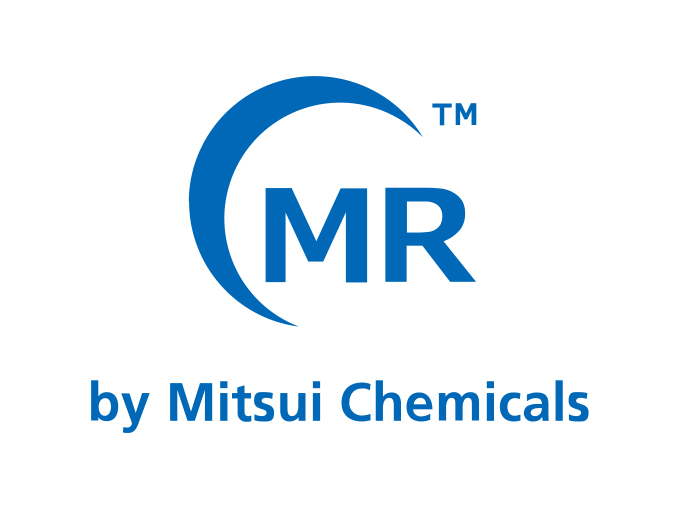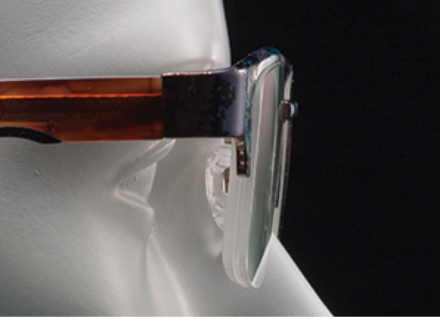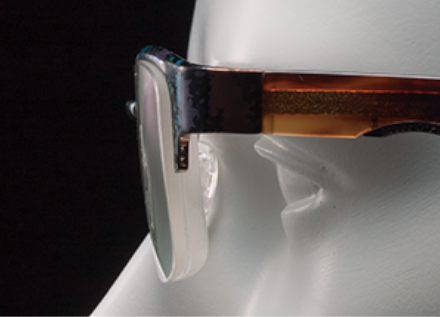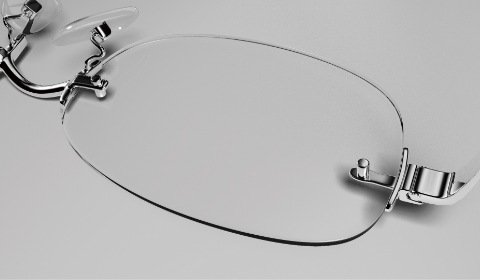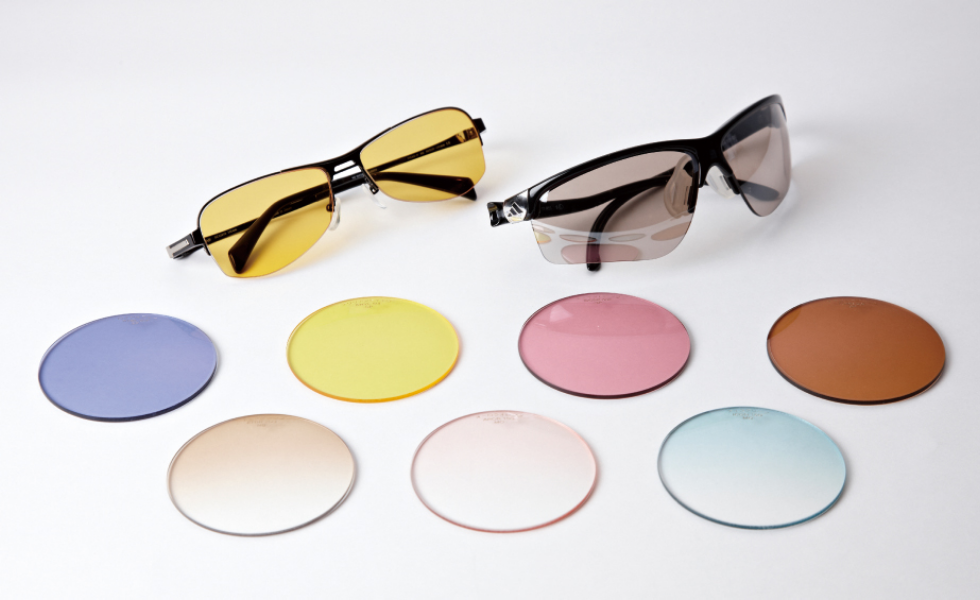High-index lenses
MR™
Material for eyeglass lenses
Applications detail
Applications
Characteristics
- Basic information
- Details of Characteristics
Overview
With high-impact resistance, high refractive index (R.I.), high Abbe number, and light weight, this thiourethane eyeglass material is the product of our unique polymerization technology.
It is an innovative material for lenses that offer a balanced set of characteristics—thinness, light weight, break resistance, and perfect clarity—demanded by many eyeglass lens users around the world.
Properties
High Refractive Index
MR™ is available in three different refractive indexes: 1.60, 1.67, and 1.74. Higher R.I. materials makes it possible to manufacture thinner and lighter lenses.
20-40% Thinner
MR-174™-based lens vs. low R.I. lens (-2.00–-7.00D)

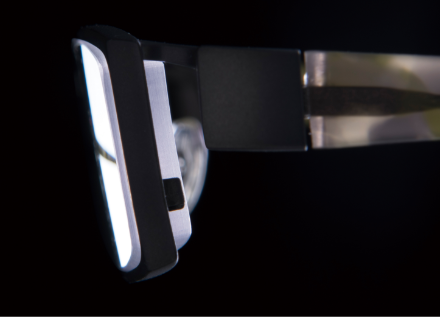 MR-174™-based Lens (R.I. 1.74/-8.00D)
MR-174™-based Lens (R.I. 1.74/-8.00D)
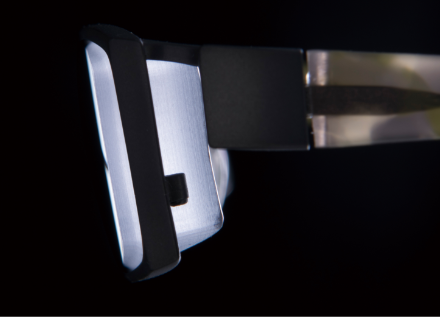 Low R.I. lens (R.I. 1.50/-8.00D)
Low R.I. lens (R.I. 1.50/-8.00D)
20-35% Lighter
MR-7™-based lens vs. low R.I. lens (-2.00–-7.00D)

High Strength
The high impact resistance and static load resistance improve safety for users. The lens material meets the criteria of the US FDA's drop ball test.
FDA Drop Ball Test (lens without coating)
Section 801.410 of the US Food and Drug Administration (FDA) Code of Federal Regulations
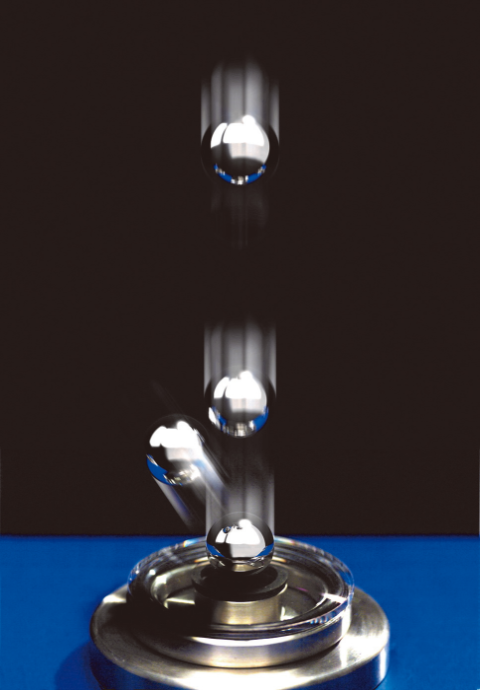
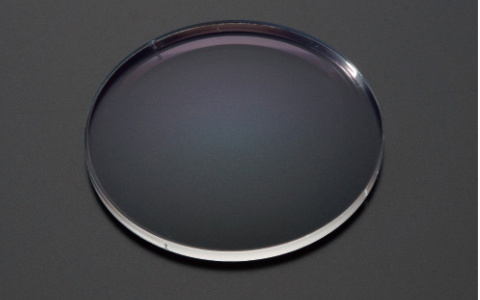 MR-8™-based lens Undamaged
MR-8™-based lens Undamaged
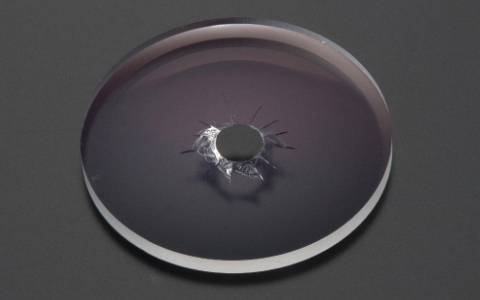 Medium R.I. lens Damaged
Medium R.I. lens Damaged
Butterfly test for Rimless Frames
Mitsui Chemicals method based on JIS B7285 (2016) Specification:
breaks at 20,000 strokes (tested by a Japanese lens manufacturer).
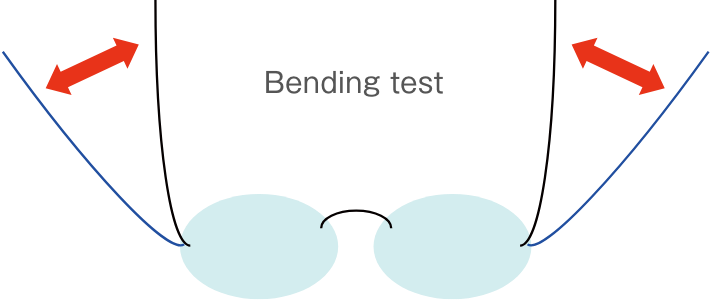
 MR-8™-based lens
MR-8™-based lens
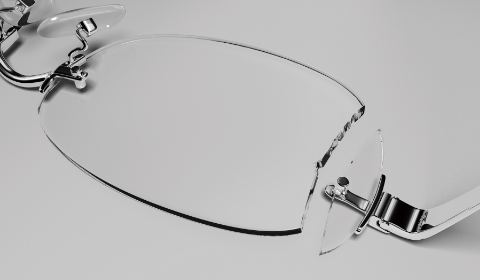 Medium R.I. lens
Medium R.I. lens
Durability
The MR-8™ exhibits high weather resistance. Even after exposure to intense UV light, discoloration is minimal.
It also features high thermal resistance and is highly compatible with coating materials, making the coatings more resistant to cracking and peeling, even under challenging conditions.
The lenses maintain viewing clarity for eyeglass wearers even after extended use.
Weather resistance test
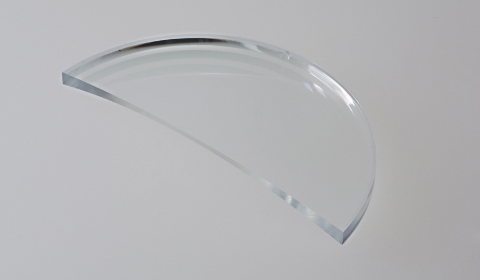 MR-8™-based lens
MR-8™-based lens
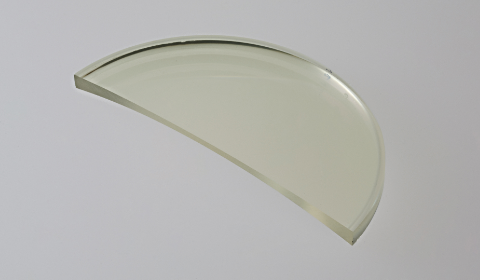 Medium R.I. lens (lens yellowing after prolonged use)
Medium R.I. lens (lens yellowing after prolonged use)
Coating peel test
Coating won’t peel off after long-term use.
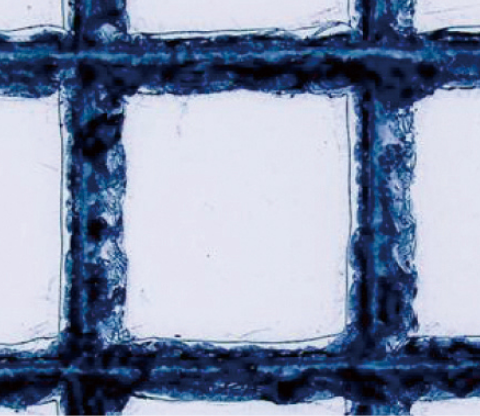 MR-8™-based lens
MR-8™-based lens
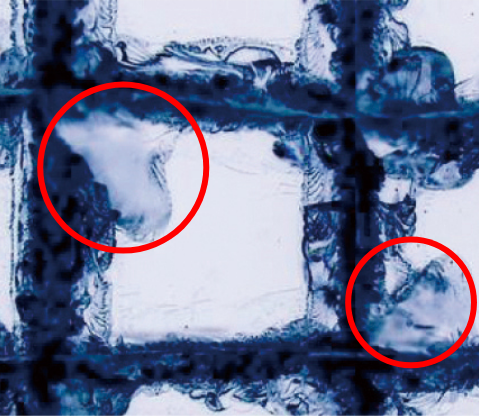 Medium R.I. lens (peeling of coating is evident)
Medium R.I. lens (peeling of coating is evident)
High Abbe Number
The high R.I. and high Abbe number give the lens optical properties comparable to those of glass lenses.
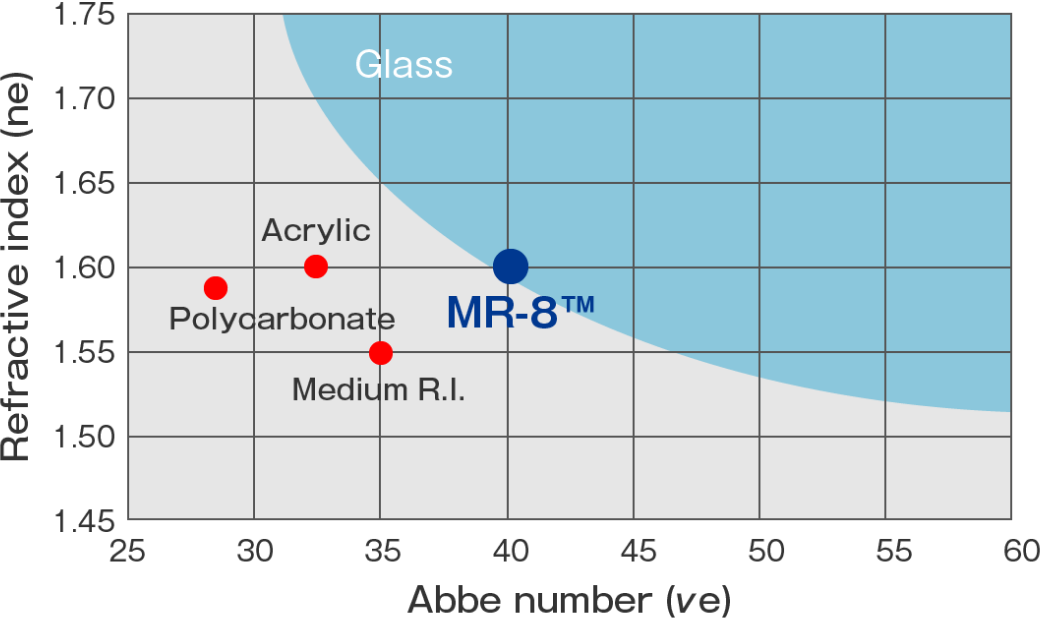
High Abbe number
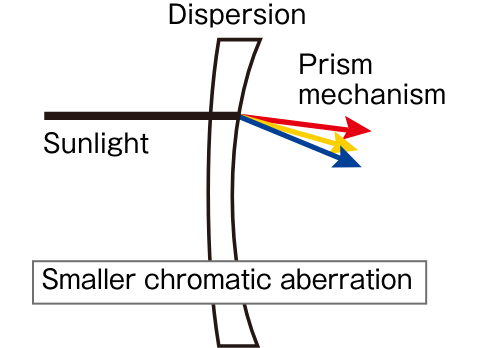
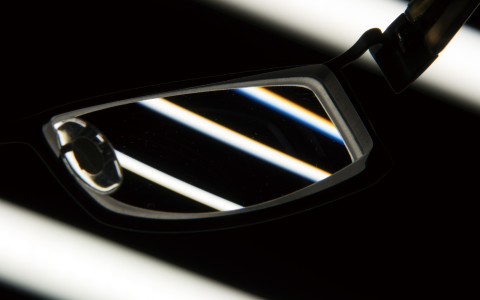 MR-8™-based lens
MR-8™-based lens
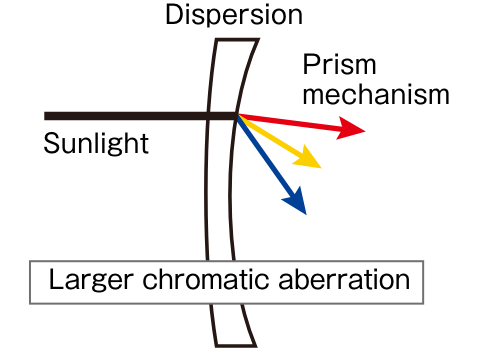
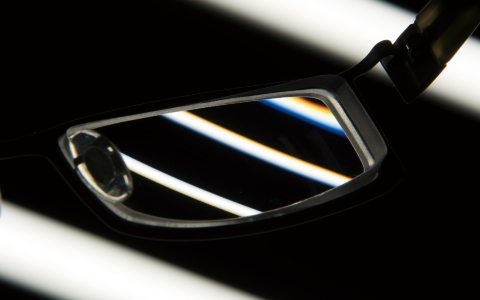 Polycarbonate lens
Polycarbonate lens
Comparison of distortion through polarized filter
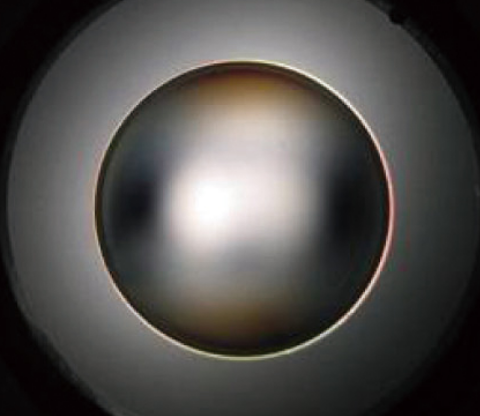 MR-8™-based lens
MR-8™-based lens
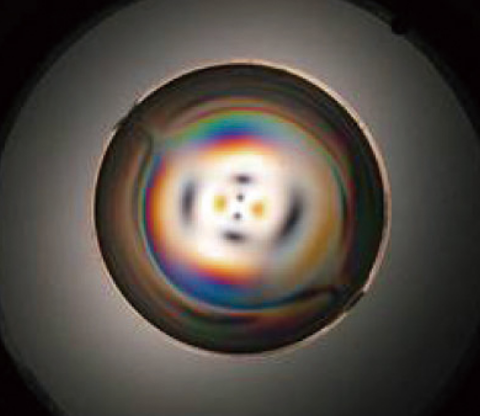 Polycarbonate lens
Polycarbonate lens

